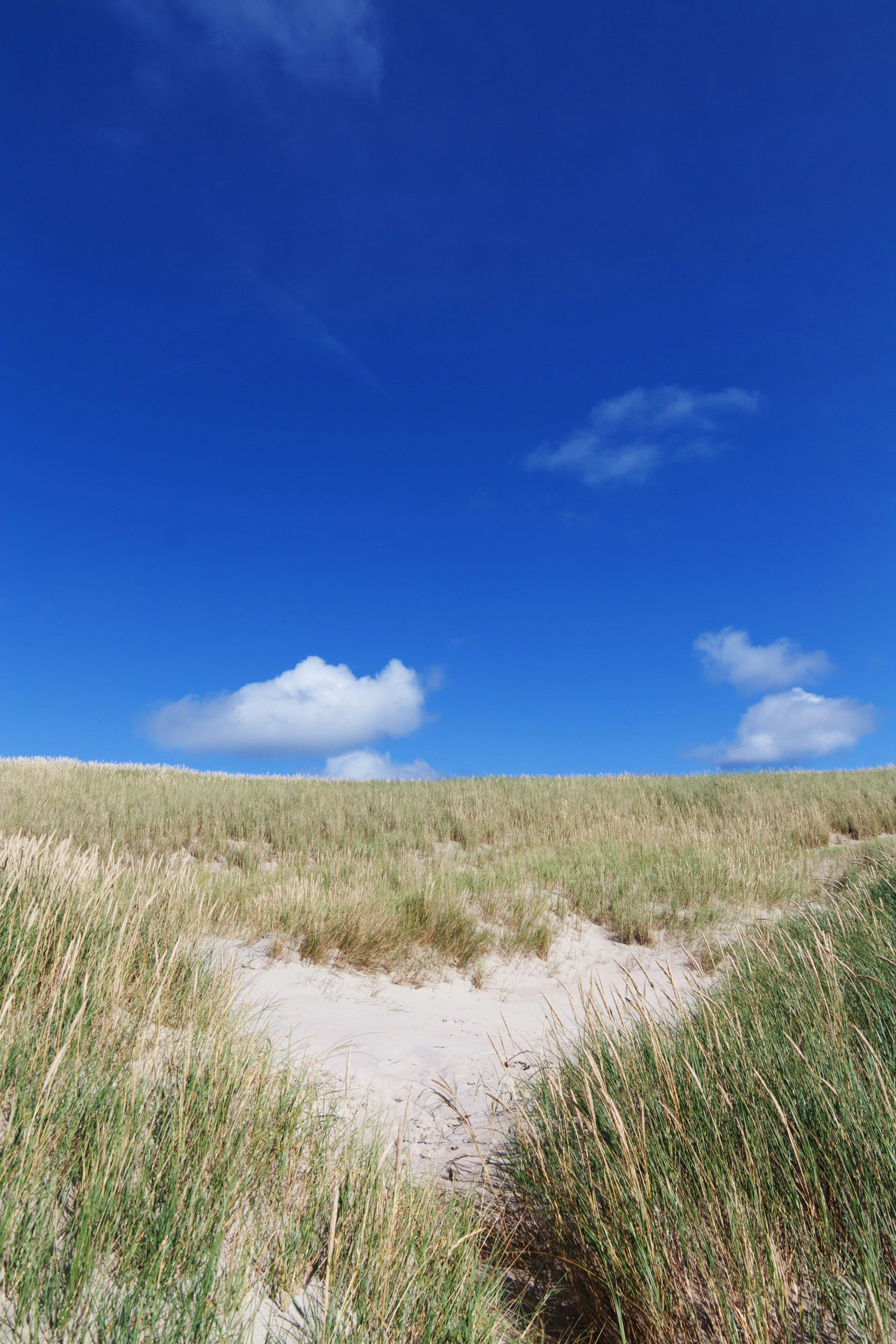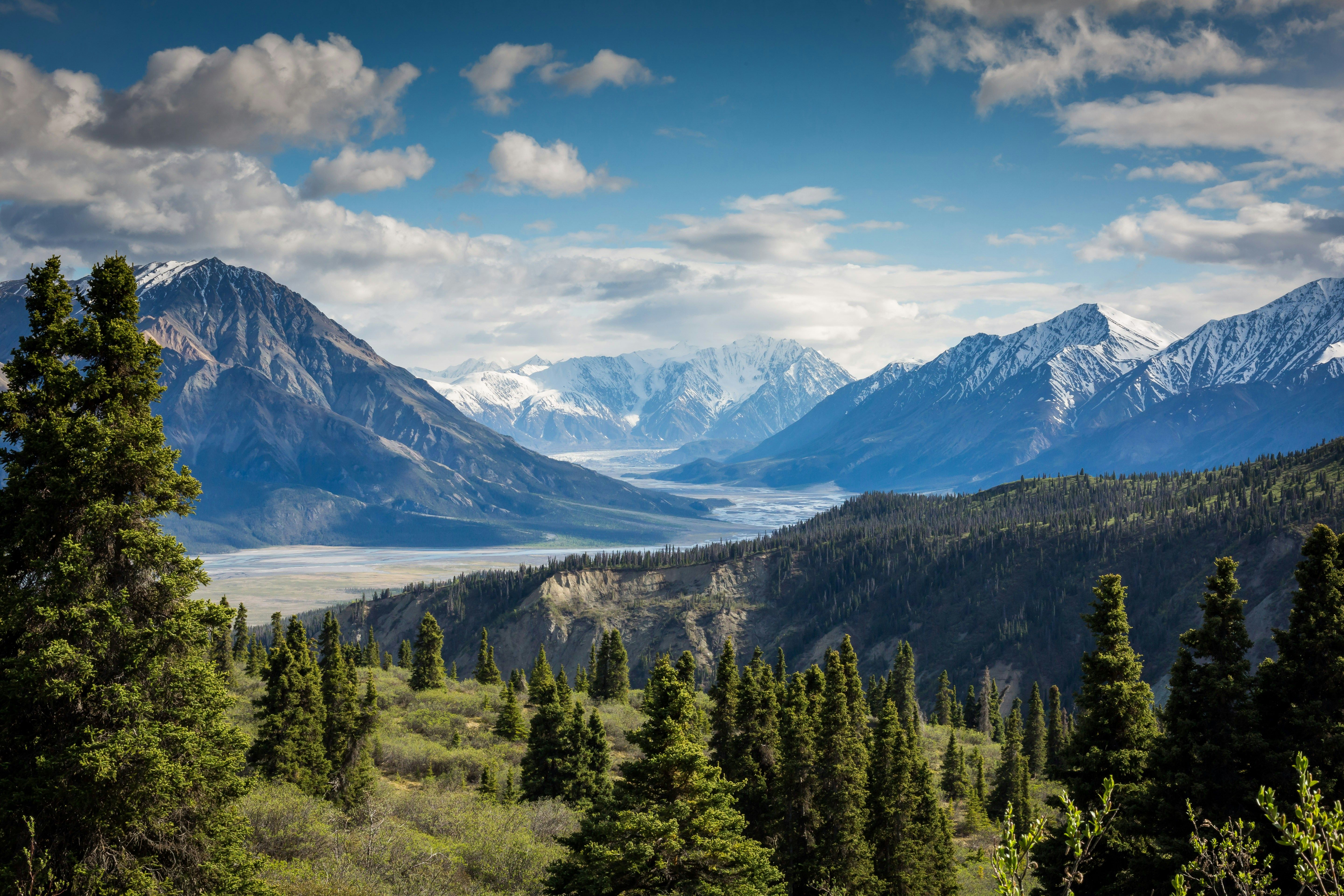Electric Grid Upgrades: 50Hertz's Underground Power Network Expansion Through Berlin
Underground power infrastructure networks in Berlin, specifically three power highways, are being developed by 50Hertz. - Berlin gets three subterranean power transmission networks developed by 50 Hertz
Ready for some major electrical upgrades, Berlin? The transmission grid operator 50Hertz is steaming ahead with plans to construct three new underground high-voltage power lines right through the heart of the city. The aim? To bolster transport capacities for green energy and keep our city economically competitive.
According to 50Hertz CEO, Stefan Kapferer, "Reliable supply of green energy is essential for the economic location Berlin." He goes on to say, "With the three new underground lines, we fortify the infrastructure without overcrowding the urban space."
Deep Cable Laying
The three projects encompass the expansion and reinforcement of the so-called cable diagonal Berlin, running from the northwest to Marzahn in the east. One upcoming six-kilometer section between the substations Reuter and Teufelsbruch in Berlin-Hakenfelde will be laid at depths of up to 40 meters.
To accommodate these cables, a tunnel with a diameter of approximately four meters will be bored. The new construction will replace the existing route and result in a capacity increase of roughly 40%.
Details on the second and third projects include:
- The cable vertical Berlin South, a tunnel spanning 14 kilometers with a starting shaft in Brandenburg near Berlin's city border in Großbeeren.
- The cable vertical Berlin North, an approximately 20-kilometer line containing 17 underground kilometers. It begins at UW Reuter, connects a yet-to-be-built substation in Tegel's search area, runs as directly as possible, and ends at UW Malchow.
Constructing with caution
While most construction work will occur underground, it's expected that the urban area's high-density living will pose technical challenges and necessitate broad dialogue with all relevant interest groups. In Kapferer's own words, "Building in the high-density inner-city area is challenging and requires a comprehensive dialogue with all key players."
The precise timeline for construction and the related costs are yet to be announced. Commissioning of the new lines is scheduled to start in stages from 2036 and be completed by the end of the 30s.
Impact on residents
The use of tunnels for cable installation and the phased construction approach are designed to minimize disruption for city dwellers. The tunnels will be situated around 40 meters beneath the city's surface, minimizing any visual and physical impacts during and post construction.
Overall, the multi-year project will support reliable and increased green energy supply, contributing positively to Berlin's energy future while maintaining the urban environment as much as possible.
- In light of the expansion of 50Hertz's underground power network, it would be beneficial for the community to consider implementing a policy that encourages vocational training in sustainable energy and construction sectors, ensuring a skilled workforce to support these infrastructure projects.
- With the implementation of the high-tech underground power lines, there exists an opportunity for partnerships between 50Hertz and local vocational training institutions to facilitate hands-on learning opportunities for students, thereby fostering innovation and technology in the sector.




